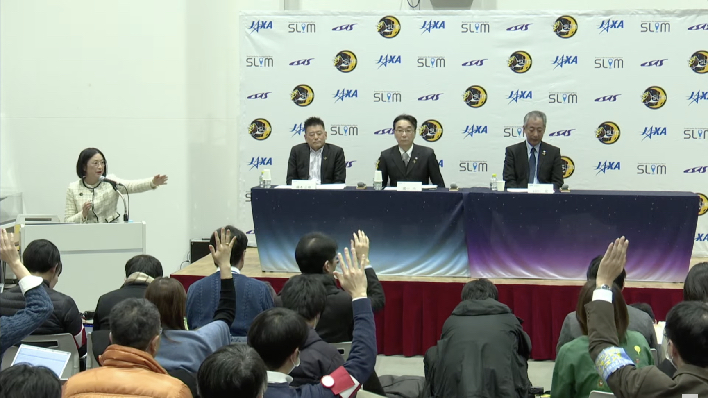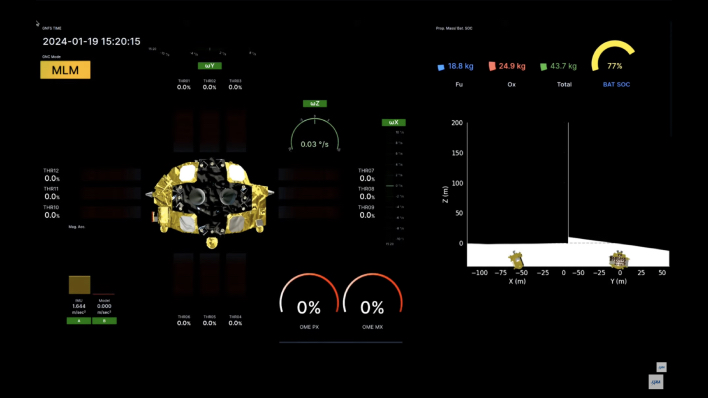Japanese Moon Lander Braced For 20 Mins Of Terror And the Results Were Spectacular
JAXA’s SLIM launched alongside the space agency’s XRISM (X-Ray Imaging and Spectroscopy Mission) in September of last year. SLIM, also nicknamed "Moon Sniper" for its precision landing technology, marked the first attempt at a lunar landing since NASA’s ill-fated Peregrine Mission One headed up by Astrobotic, which ultimately ended with the Peregrine spacecraft burning up in Earth’s atmosphere over the Indian Ocean. JAXA confirmed its successful soft landing on the lunar surface and was able to establish communication with the spacecraft. SLIM encountered an electrical issue with the solar panel, but the space agency believes the lander itself is still operational.
“The start of the deceleration to the landing on the Moon’s surface is expected to be a breathless, numbing 20 minutes of terror!” remarked Kushiki Kenji, Sub-Project Manager of the SLIM Mission, ahead of the lunar landing attempt.
The Japanese space agency reported it will take more time to analyze the data collected during the landing, as well as data being collected since landing. Members of the SLIM team reported during a live press conference that they attempting to determine what caused the solar panel issue. The solar cell is reported to have several hours of battery life available without being recharged by the solar panel, and will focus on collecting as much data as possible before the solar cell runs out of charge. The team says that it might possible for the solar panel to recharge the solar cell at a later date when the Sun's direction is a position to do so. Images taken by SLIM during descent are also currently being analyzed and will be shared at a later time.
As SLIM made its landing approach, it went through several landing sequences. The first sequence was the power descent phase. During this phase, there was a “coasting” period composed of four intervals of 50 seconds each. Next came the vertical descent phase, which began after the spacecraft reached the sky above the landing site. This phase placed the vehicle into a vertical position while detecting the altitude with the landing radar. Then, SLIM entered the obstacle detection phase where the horizontal positioning was fine-tuned according to any obstacles that may have been detected beneath the probe. Finally, at about 3m above the lunar surface, the main engine cut off and SLIM landed on the lunar surface.
JAXA gained experience with landing on a celestial object in space when it landed its Hayabusa2 spacecraft on the surface of asteroid Ryugu in 2019. The Japanese space agency used the term “pinpoint landing” with that mission, as well as with its lunar landing attempt. However, there are key differences between landing a spacecraft on an asteroid, and landing one on the lunar surface.

The Japanese space agency also used prior lunar missions, such as NASA’s Lunar Reconnaissance Orbiter (LRO) and India’s Chandryaan missions, to gather high-resolution observation data of the Moon’s surface. Kushiki explained about how having the data from prior missions helped its own SLIM mission, remarking that “interest in lunar science and resource exploration has shifted from ‘somewhere on the Moon’s surface’ to ‘that rock next to this specific crater!’”
JAXA is already preparing for future missions similar to SLIM. The space agency will use all the things it learns from the SLIM mission to make those missions safer and even more successful.



